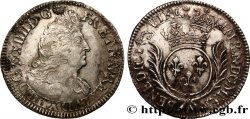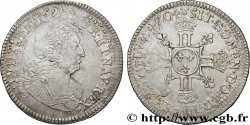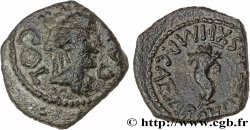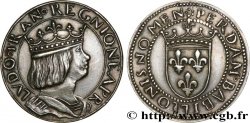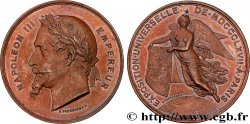Live auction - bry_459138 - LOUIS XIV "THE SUN KING" Demi-écu, portrait à la mèche longue 1654 Nantes
You must signin and be an approved bidder to bid, LOGIN TO BID. Accounts are subject to approval and the approval process takes place within 48 hours. Do not wait until the day a sale closes to register. Clicking on "BID" constitutes acceptance of the terms of use of cgb.fr private live auctions.
Bids must be placed in whole Euro amounts only. The sale will start closing at the time stated on the item description; any bids received at the site after the closing time will not be executed. Transmission times may vary and bids could be rejected if you wait until the last second. For further information check the Live auction FAQ
All winning bids are subject to a 18% buyer’s fee.
All winning bids are subject to a 18% buyer’s fee.
| Estimate : | 250 € |
| Price : | 150 € |
| Maximum bid : | 171 € |
| End of the sale : | 12 December 2017 15:54:59 |
| bidders : | 1 bidder |
Type : Demi-écu, portrait à la mèche longue
Date: 1654
Mint name / Town : Nantes
Quantity minted : 316482
Metal : silver
Millesimal fineness : 917 ‰
Diameter : 31,5 mm
Orientation dies : 6 h.
Weight : 13,68 g.
Coments on the condition:
Ce demi-écu est frappé sur un flan large et légèrement irrégulier. Léger décentrage sur les deux faces. Reliefs particulièrement nets au revers
Predigree :
Exemplaire provenant de la collection Charlet
Obverse
Obverse legend : (MM) LVD. XIIII. D. G.. - FR. ET. NAV. REX.
Obverse description : Buste enfantin de Louis XIV à droite, lauré, drapé et cuirassé à l'antique, portant l'ordre du Saint-Esprit, une longue mèche descendant sur la cuirasse.
Obverse translation : (Louis XIV, par la grâce de Dieu, roi de France et de Navarre).
Reverse
Reverse legend : SIT. NOMEN. DOMINI. - T - .BENEDICTVM. 1654.
Reverse description : Écu de France couronné.
Reverse translation : (Béni soit le nom du Seigneur).
Commentary
Variété sans rose en début de légende du revers. Par ailleurs, le coin de l’avers a été regravé au niveau de la chevelure. Des textes condamnant sous peine de mort cette pratique ont été retrouvés pour la décennie 1650-1660.







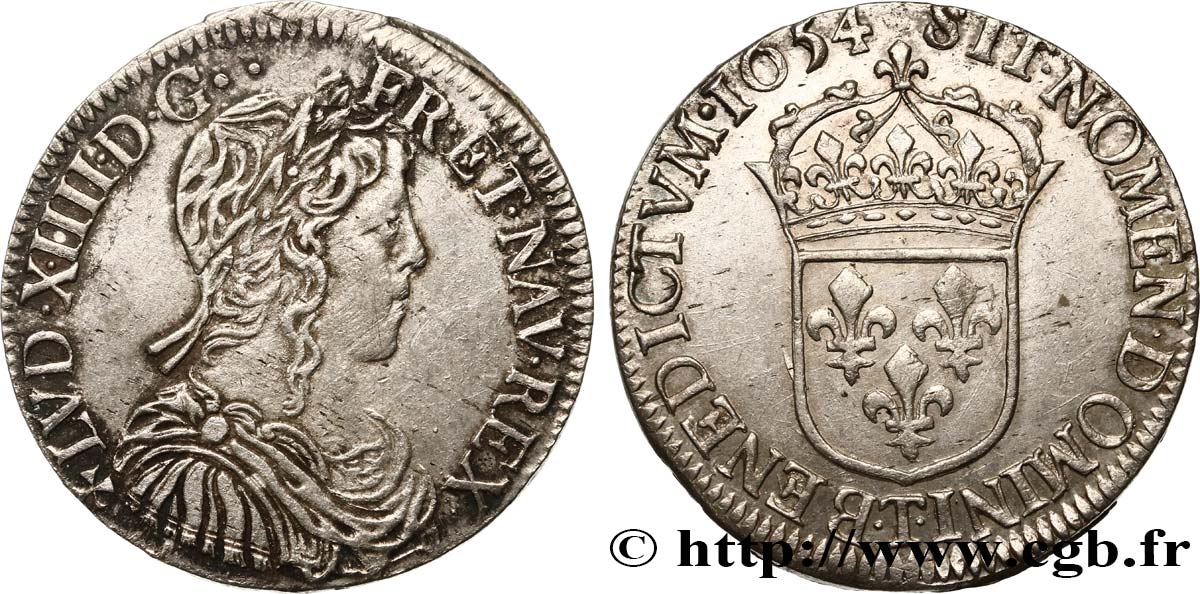
 Report a mistake
Report a mistake Print the page
Print the page Share my selection
Share my selection Ask a question
Ask a question Consign / sell
Consign / sell
 Full data
Full data